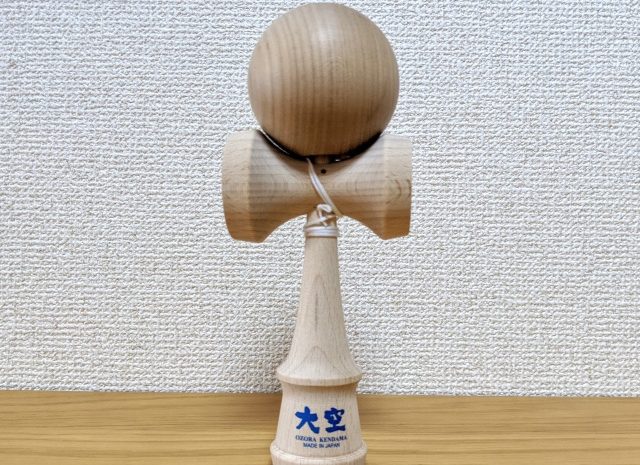
There’s never been a better time to brush up on the old eye-hand coordination.
Recently our Fukuoka-based writer Masanuki Sunakoma went to his local home improvement center to buy some toilet paper, not out of any panic though. He was just running out. Naturally, upon entering the store, he found all the shelves bare.
He was all set to give up when out of the corner of his eye he spotted a rack of toys with a kendama hanging among them. He remembered those things being popular when he was in elementary school but was never good at it himself.
However, now that he was a middle-aged man, perhaps his motor skills had finally caught up and were able to handle this tricky little ball game. Masanuki quickly grabbed it off the shelf, not realizing it was an official “Ozora” kendama by Yamagata Kobo and certified by the Japan Kendama Association.
After a brief shock at the 1,815 yen (US$17) charge at the register, he became the proud owner of a mighty fine kendama. Considering the Fukuoka government was advising everyone to stay indoors as much as possible, the steep price tag would probably pay off in the long run.
For those unfamiliar with the kendama, it’s basically a cup-and-ball game on steroids. Rather than a single cup into which the ball must go, there are three different sized cups – although calling those shallow things “cups” seems way too generous, so I prefer “dishes” – and there’s a spike for good measure too.
Here’s a rundown of the functional parts of a kendama:
The most basic move that any aspiring kendama master ought to begin with is simply flicking the ball into the large dish. If you can’t do this then there really is no hope.
As for Masanuki…
▼ “Argh! Come on!!!”
He was every bit as bad as he was in grade school. Luckily, he had a secret weapon that didn’t exist back then. Racing to his smartphone, Masanuki quickly Googled “kendama tips” and learned that the keys to successful kendama tricks are relaxing your body and letting your knees do most of the work.
Back at it…
▼ “Haha!!! I did it!”
Having successfully broken in his big dish, Masanuki felt more confident and looked up some of the tricks printed on a piece of paper included with the kendama.
Next was another entry-level trick known as a Moshikame, which involved juggling the ball back and forth between the large and medium dishes. He remembered a lot of the other kids in school doing this and seeing who could go the longest.
Now that he got the feel of it, it didn’t take long for Masanuki to rack up five Moshikame in a row.
After that, he decided to try a much more difficult maneuver called Around Japan. This involved landing the ball in the small dish, then the large dish, and finally onto the kensaki. The kensaki part was especially hard because the hole in the ball had to be perfectly lined up with the spike to land properly.
Luckily, Masanuki was full of confidence and had nothing but time on his hands while stuck at home. A few hours of focused practice and…
Masanuki learned that the trick was to set up the hole’s position from the very beginning. Upon landing it in the small dish, the hole should be pointing at yourself.
▼ Ideal trajectory of the first throw
When transitioning to the large dish, keep the ball in more or less the same position but move the ken about 90 degrees to line up the final kento shot. Making sure not to throw it too high helps to keep it stable.
Then, on the last throw flick it a bit to get the hole pointing downward so it lands on the kensaki.
▼ Ideal trajectory of the last throw
Even knowing this, anyone should expect to put in a few hours of failure before getting it down. But once landed, Masanuki got a feeling of accomplishment that blew away the gloom and doom of self-isolating during a global pandemic, at least for a little while.
And he’s still got a whole sheet of tricks to attempt, culminating in the extremely difficult Airplane maneuver in which he must hold the ball and then toss the ken in such a way that the kensaki lands directly into the hole.
Depending on your part of the world, a kendama might be as hard to get ahold of as toilet paper, but there’s still lots of easily accessible skills just begging to be picked up during long bouts indoors, from juggling to playing the spoons. They’re all great ways to get in a little bit of self-improvement and, more importantly, stay out of trouble.
Photos ©SoraNews24
● Want to hear about SoraNews24’s latest articles as soon as they’re published? Follow us on Facebook and Twitter!
[ Read in Japanese ]

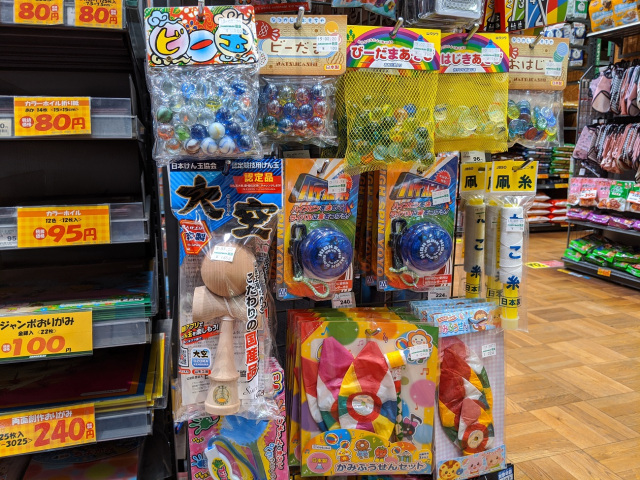
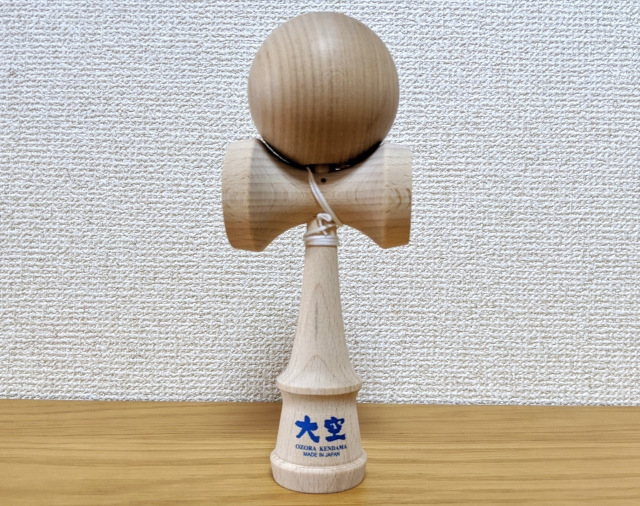
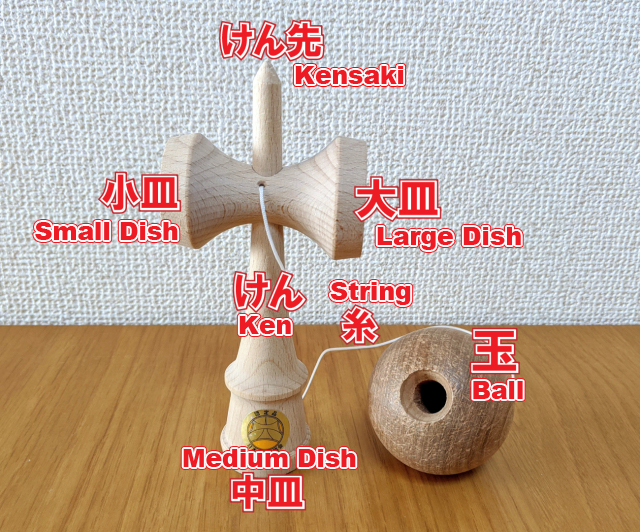
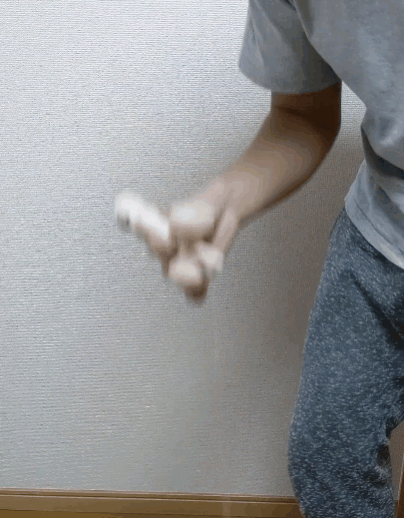
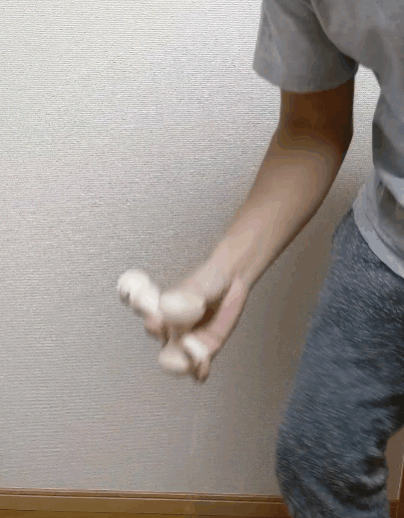
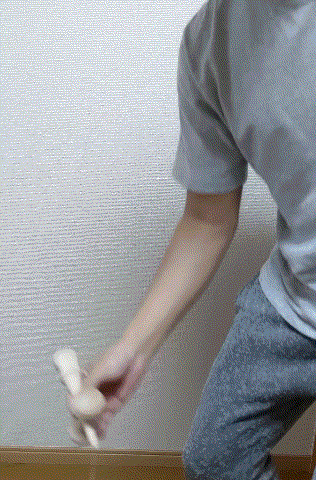
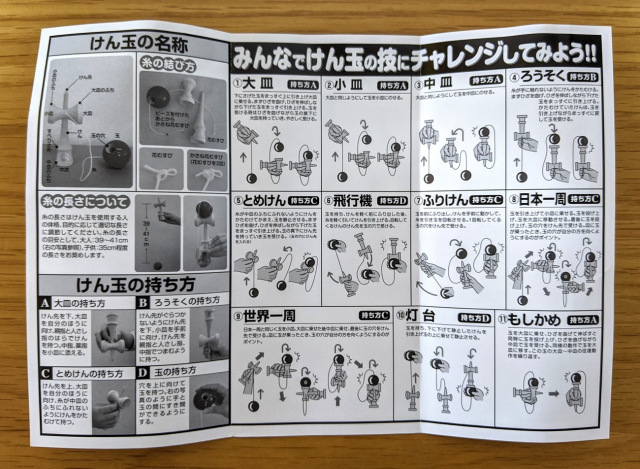
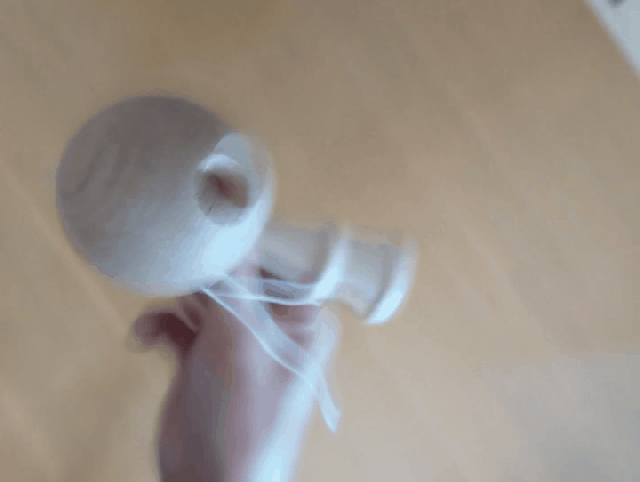
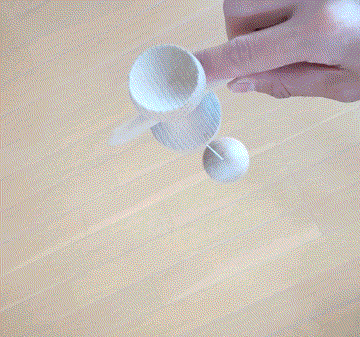
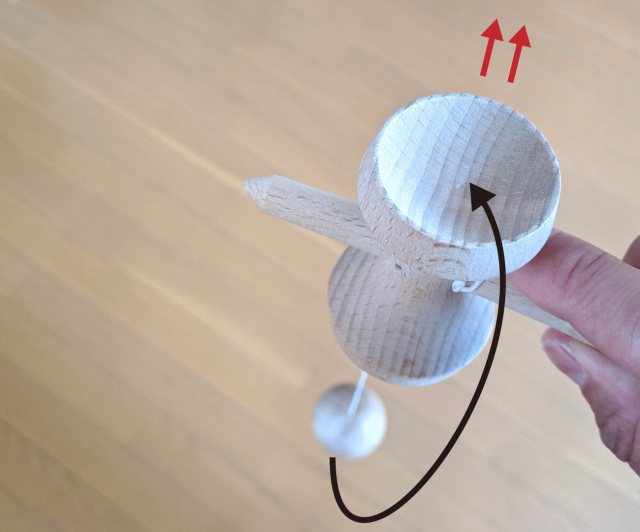


 Beautiful Japanese actress’ mediocre ball-on-a-stick skills have Internet crushing hard【Video】
Beautiful Japanese actress’ mediocre ball-on-a-stick skills have Internet crushing hard【Video】 Kendama master takes the game to a whole new level 【Video】
Kendama master takes the game to a whole new level 【Video】 Japanese traditional toy kendama is about to evolve into Dendama
Japanese traditional toy kendama is about to evolve into Dendama New kendama featuring Hello Kitty makes the traditional Japanese game super cute!
New kendama featuring Hello Kitty makes the traditional Japanese game super cute! The Big Bomb Onigiri Japanese rice ball helps us conquer mountain race but conquers us in the end
The Big Bomb Onigiri Japanese rice ball helps us conquer mountain race but conquers us in the end McDonald’s new Happy Meals offer up cute and practical Sanrio lifestyle goods
McDonald’s new Happy Meals offer up cute and practical Sanrio lifestyle goods More foreign tourists than ever before in history visited Japan last month
More foreign tourists than ever before in history visited Japan last month Is the new Shinkansen Train Desk ticket worth it?
Is the new Shinkansen Train Desk ticket worth it? The oldest tunnel in Japan is believed to be haunted, and strange things happen when we go there
The oldest tunnel in Japan is believed to be haunted, and strange things happen when we go there Our reporter takes her 71-year-old mother to a visual kei concert for the first time
Our reporter takes her 71-year-old mother to a visual kei concert for the first time Arrest proves a common Japanese saying about apologies and police
Arrest proves a common Japanese saying about apologies and police Starbucks reopens at Shibuya Scramble Crossing with new look and design concept
Starbucks reopens at Shibuya Scramble Crossing with new look and design concept Randomly running into a great sushi lunch like this is one of the best things about eating in Tokyo
Randomly running into a great sushi lunch like this is one of the best things about eating in Tokyo What happens to Cup Noodle Mystery Meat when you cook it in a rice cooker?
What happens to Cup Noodle Mystery Meat when you cook it in a rice cooker? Haku is…Chihiro’s dead brother? Studio Ghibli fans blown away by Spirited Away theory
Haku is…Chihiro’s dead brother? Studio Ghibli fans blown away by Spirited Away theory Disney princesses get official manga makeovers for Manga Princess Cafe opening in Tokyo
Disney princesses get official manga makeovers for Manga Princess Cafe opening in Tokyo We try out “Chan Ramen”, an underground type of ramen popular in the ramen community
We try out “Chan Ramen”, an underground type of ramen popular in the ramen community Foreign English teachers in Japan pick their favorite Japanese-language phrases【Survey】
Foreign English teachers in Japan pick their favorite Japanese-language phrases【Survey】 Beautiful new Final Fantasy T-shirt collection on the way from Uniqlo【Photos】
Beautiful new Final Fantasy T-shirt collection on the way from Uniqlo【Photos】 There’s a park inside Japan where you can also see Japan inside the park
There’s a park inside Japan where you can also see Japan inside the park New Studio Ghibli bedding sets are cool in all senses of the word
New Studio Ghibli bedding sets are cool in all senses of the word Japanese convenience store packs a whole bento into an onigiri rice ball
Japanese convenience store packs a whole bento into an onigiri rice ball Hanton rice — a delicious regional food even most Japanese people don’t know about, but more should
Hanton rice — a delicious regional food even most Japanese people don’t know about, but more should New Pokémon cakes let you eat your way through Pikachu and all the Eevee evolutions
New Pokémon cakes let you eat your way through Pikachu and all the Eevee evolutions Hamburg and Hamburg Shibuya: A Japanese restaurant you need to put on your Tokyo itinerary
Hamburg and Hamburg Shibuya: A Japanese restaurant you need to put on your Tokyo itinerary Studio Ghibli releases Kiki’s Delivery Service chocolate cake pouches in Japan
Studio Ghibli releases Kiki’s Delivery Service chocolate cake pouches in Japan Japan’s bone-breaking and record-breaking roller coaster is permanently shutting down
Japan’s bone-breaking and record-breaking roller coaster is permanently shutting down New definition of “Japanese whiskey” goes into effect to prevent fakes from fooling overseas buyers
New definition of “Japanese whiskey” goes into effect to prevent fakes from fooling overseas buyers Foreign passenger shoves conductor on one of the last full runs for Japan’s Thunderbird train
Foreign passenger shoves conductor on one of the last full runs for Japan’s Thunderbird train Our Japanese reporter visits Costco in the U.S., finds super American and very Japanese things
Our Japanese reporter visits Costco in the U.S., finds super American and very Japanese things Kyoto bans tourists from geisha alleys in Gion, with fines for those who don’t follow rules
Kyoto bans tourists from geisha alleys in Gion, with fines for those who don’t follow rules Studio Ghibli unveils Mother’s Day gift set that captures the love in My Neighbour Totoro
Studio Ghibli unveils Mother’s Day gift set that captures the love in My Neighbour Totoro Domino’s Japan now sells…pizza ears?
Domino’s Japan now sells…pizza ears? New Japanese KitKat flavour stars Sanrio characters, including Hello Kitty
New Japanese KitKat flavour stars Sanrio characters, including Hello Kitty Kyoto creates new for-tourist buses to address overtourism with higher prices, faster rides
Kyoto creates new for-tourist buses to address overtourism with higher prices, faster rides Sales of Japan’s most convenient train ticket/shopping payment cards suspended indefinitely
Sales of Japan’s most convenient train ticket/shopping payment cards suspended indefinitely Sold-out Studio Ghibli desktop humidifiers are back so Totoro can help you through the dry season
Sold-out Studio Ghibli desktop humidifiers are back so Totoro can help you through the dry season Japanese government to make first change to romanization spelling rules since the 1950s
Japanese government to make first change to romanization spelling rules since the 1950s Ghibli founders Toshio Suzuki and Hayao Miyazaki contribute to Japanese whisky Totoro label design
Ghibli founders Toshio Suzuki and Hayao Miyazaki contribute to Japanese whisky Totoro label design Doraemon found buried at sea as scene from 1993 anime becomes real life【Photos】
Doraemon found buried at sea as scene from 1993 anime becomes real life【Photos】 Tokyo’s most famous Starbucks is closed
Tokyo’s most famous Starbucks is closed One Piece characters’ nationalities revealed, but fans have mixed opinions
One Piece characters’ nationalities revealed, but fans have mixed opinions We asked a Uniqlo employee what four things we should buy and their suggestions didn’t disappoint
We asked a Uniqlo employee what four things we should buy and their suggestions didn’t disappoint Princesses, fruits, and blacksmiths: Study reveals the 30 most unusual family names in Japan
Princesses, fruits, and blacksmiths: Study reveals the 30 most unusual family names in Japan Studio Ghibli’s new desktop Howl’s Moving Castle will take your stationery on an adventure
Studio Ghibli’s new desktop Howl’s Moving Castle will take your stationery on an adventure We order an amazing Vegeta battle armor suit and dash down the street to celebrate Saiyan Day
We order an amazing Vegeta battle armor suit and dash down the street to celebrate Saiyan Day We travel to Fuji to see how they make Japanese toilet paper
We travel to Fuji to see how they make Japanese toilet paper We eat an intimidating curry with toppings randomly chosen for us by CoCo Ichibanya’s ‘Gacha’ app
We eat an intimidating curry with toppings randomly chosen for us by CoCo Ichibanya’s ‘Gacha’ app We throw a bubble party at our cheap countryside house in Japan【Video】
We throw a bubble party at our cheap countryside house in Japan【Video】 Meet Takeshi Kamisato, Hawaii’s “koma” spinning top and yo-yo master 【Video】
Meet Takeshi Kamisato, Hawaii’s “koma” spinning top and yo-yo master 【Video】 Sakura season schedule is screwed up, so we had a no-cherry blossom cherry blossom party in the office
Sakura season schedule is screwed up, so we had a no-cherry blossom cherry blossom party in the office We go to a festival on a Japanese Air Self-Defense Force base, walk on a runway, see cool planes
We go to a festival on a Japanese Air Self-Defense Force base, walk on a runway, see cool planes We try out the “head in a jar” prank, seen in a viral video, at the office
We try out the “head in a jar” prank, seen in a viral video, at the office This casual restaurant in Yokohama will serve you a tasty “two-color” tray at the crack of dawn
This casual restaurant in Yokohama will serve you a tasty “two-color” tray at the crack of dawn We built a steel rack taller than our crazy cheap country Japanese house with Daiso goods
We built a steel rack taller than our crazy cheap country Japanese house with Daiso goods What’s the difference between “The World’s Most Delicious” and “Tastiest” Coffee Jellies?
What’s the difference between “The World’s Most Delicious” and “Tastiest” Coffee Jellies? Adventures in Morocco: Our Japanese language reporter orders a hamburger, gets a surprise
Adventures in Morocco: Our Japanese language reporter orders a hamburger, gets a surprise Testing Japan’s stay-home sauna solution, the Ofuro de Sauna Kasa【Photos】
Testing Japan’s stay-home sauna solution, the Ofuro de Sauna Kasa【Photos】 Japanese sweets box from Amazon Japan is a treasure trove of dagashi nostalgia
Japanese sweets box from Amazon Japan is a treasure trove of dagashi nostalgia Our adventure of becoming an apprentice camel guide in the Sahara
Our adventure of becoming an apprentice camel guide in the Sahara Japanese convenience store food takes a walk on the weird side with…cup pork?
Japanese convenience store food takes a walk on the weird side with…cup pork? We brave the winter with the lowest-rated gloves from Amazon Japan
We brave the winter with the lowest-rated gloves from Amazon Japan
Leave a Reply